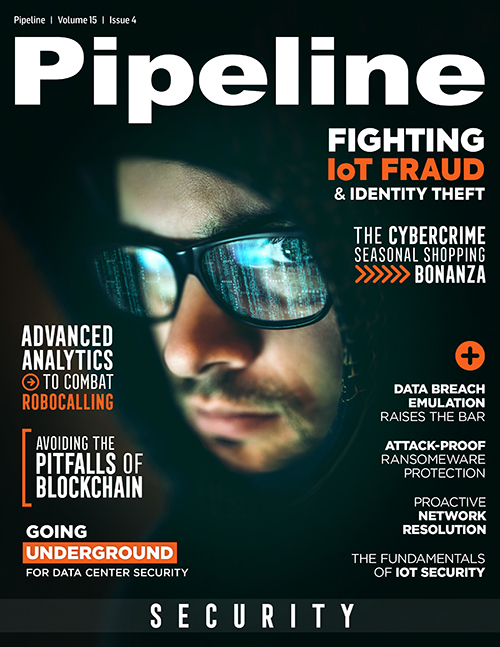What We Need to Do in the Fight against IoT Fraud and Identity Theft
It’s also important to remember to attend to the security of an IoT device once it has been decommissioned. E-recycling initiatives provide important services that not only reduce electronic waste impact from physical devices but also ensure that they are thoroughly wiped clean of user information and any other data that you do not want exposed. It’s not just about identity data at risk of being stolen; a hacked IoT device can also provide a gateway to other associated devices and networks.
In the IoT world, finding ways to improve security to prevent these attacks is important, but security can only be the first line of protection, not the end in itself. After all, the end game for hackers and fraudsters doesn’t stop at just breaking into a web cam or another device—it’s the damage they do once they gain access that is the real problem. This reason is why security and fraud management must be tightly coupled together in order to address this risk.
Fraud management systems must work seamlessly with security protection to constantly monitor information across an organization, watch for unusual trends and identify
fraud before it happens. That way, when security is breached, the fraud management system will be able to follow the breach’s path and identify
patterns that reveal hidden relationships and suspicious movements and minimize any potential damage. In order to manage this, service providers must assess whether their current fraud
management system is up to the IoT challenge. In particular, they need to ensure the core capabilities of their fraud management system include:
- Machine learning
- Self-service analytics
- Processing capabilities supported by Hadoop for continuous monitoring of huge data volumes
- Visual interfaces that help make sense of data in real-time
- Adaptive case management for and effective call to action
- Mobility
The IoT is a treasure trove for cybercriminals, offering up billions of vulnerable devices, a huge attack surface, no regulation and vast quantities of personal data. Cybercriminals and fraudsters are just waking up to what they can potentially gain from the IoT, and the market is being flooded with new ‘hackable’ devices every day. Businesses and homes need to prepare for this new world by having the tools and resources available to protect every bit of our identities.




















